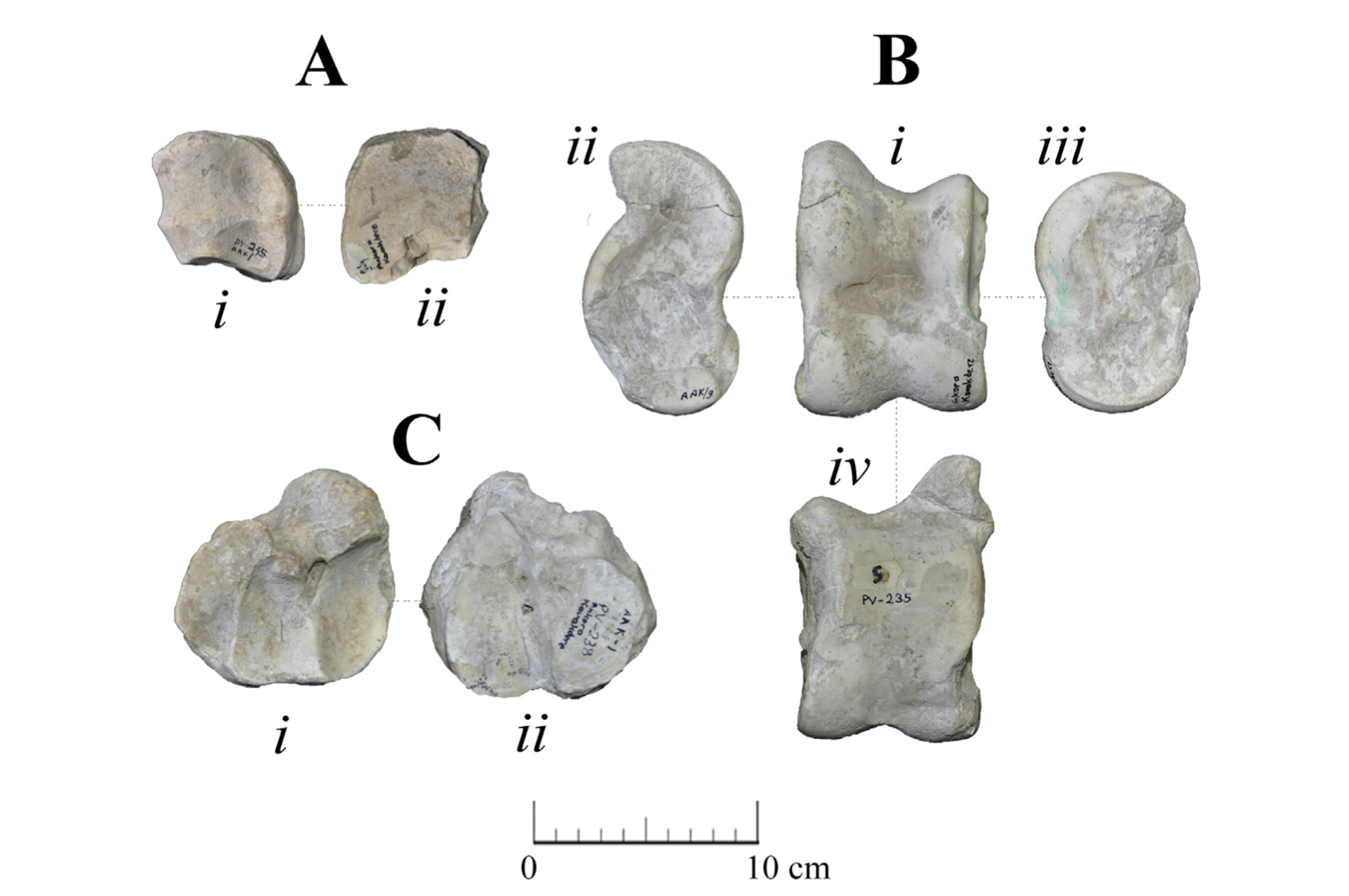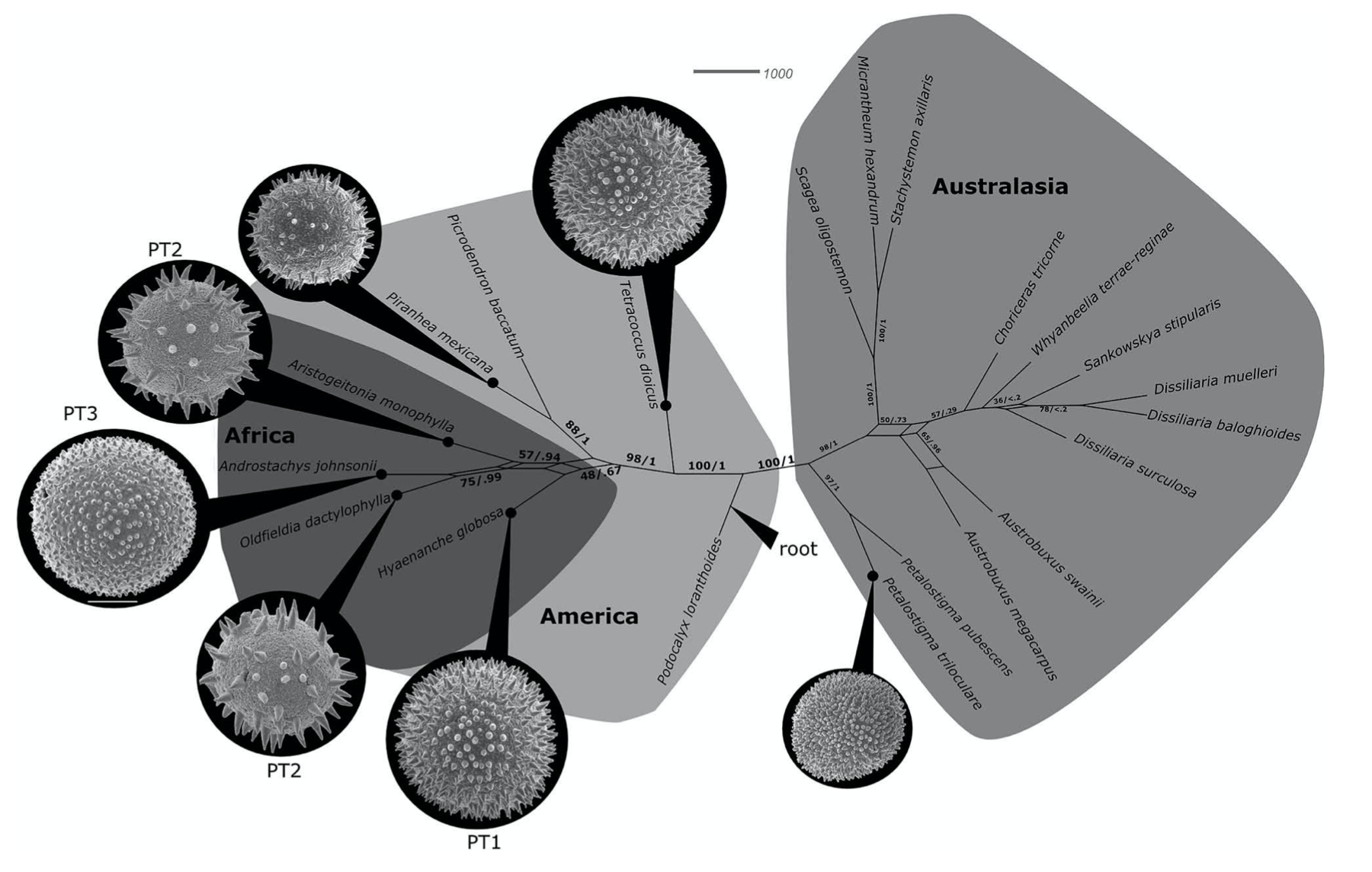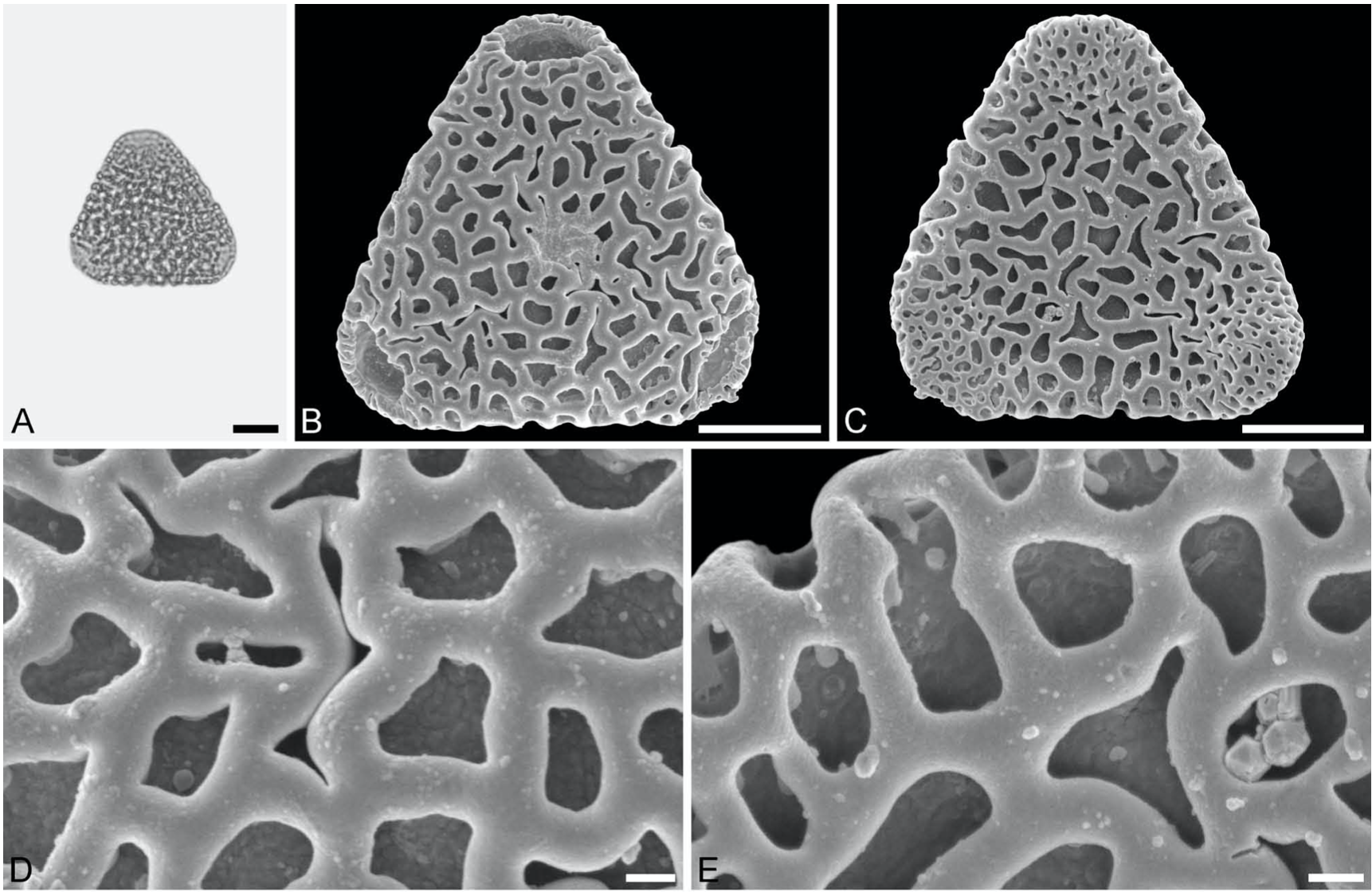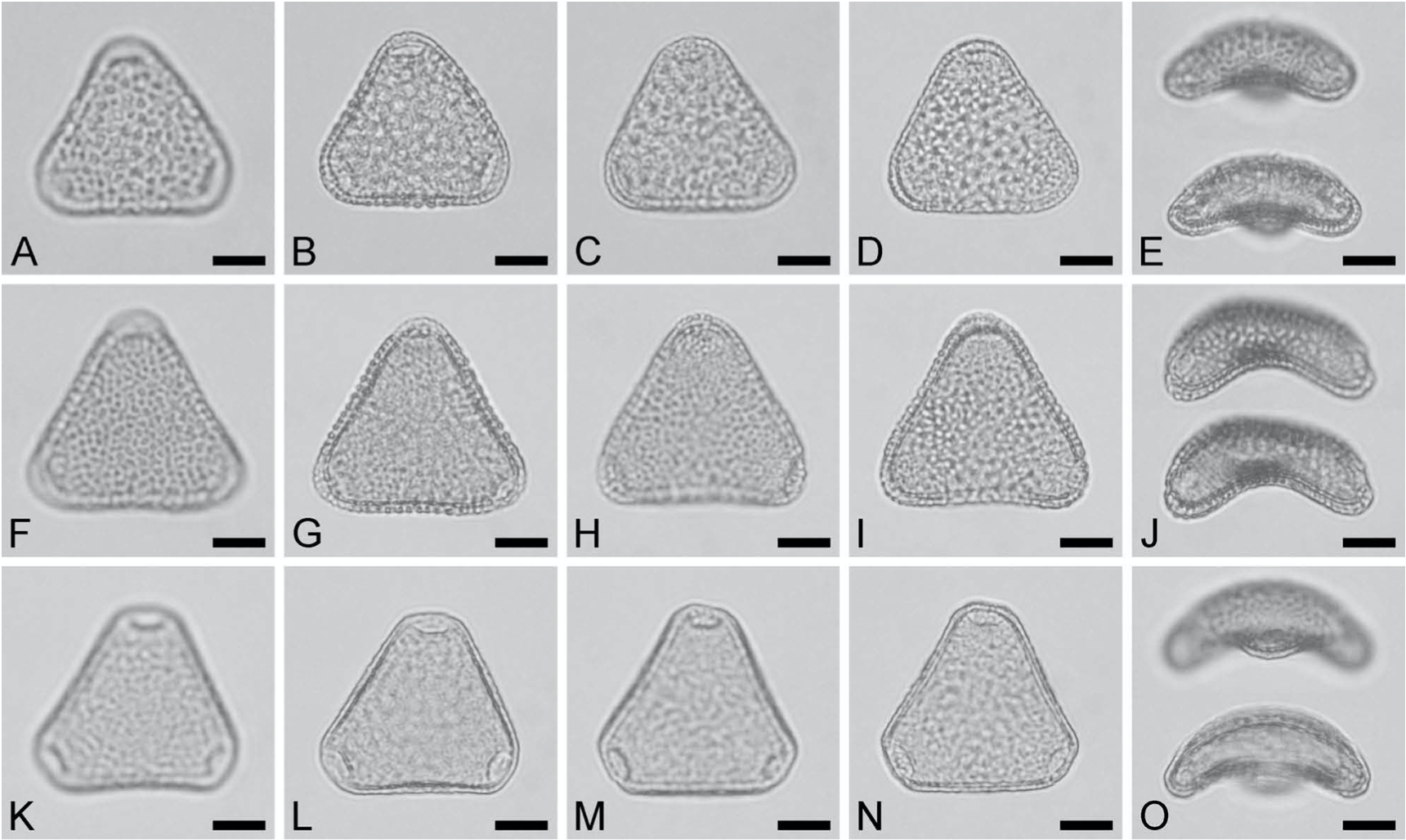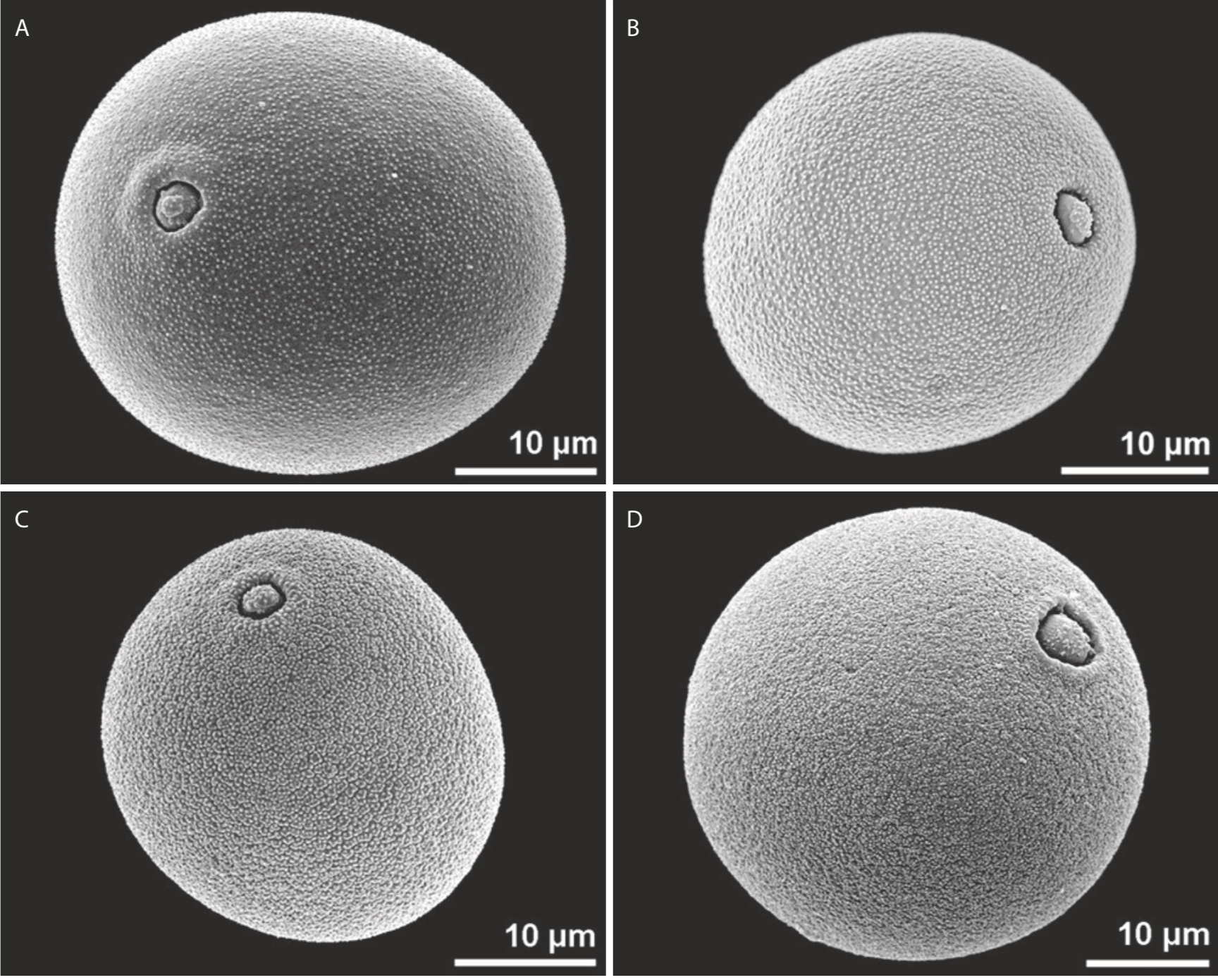Authors: Torsten Wappler, Friðgeir Grímsson, Bo Wang, André Nel, Erling Ólafsson, Alexey A. Kotov, Steven R. Davis, Michael S. Engel
Well-preserved arthropods are reported from Miocene sedimentary rocks of the Skarðsströnd–Mókollsdalur (9–8 Ma) and Hreðavatn–Stafholt (7–6 Ma) Formations in Iceland. Fossil remains of terrestrial and/or freshwater animals have rarely been reported from the island before. Here we provide the first overview of the surprisingly rich Tortonian fauna from the Hrútagil locality and additional Messinian-aged trichopteran larval cases from the Stafholt locality. The Hrútagil fauna includes representatives of Cladocera (Crustacea: Branchiopoda) and seven insect orders, including several morphotypes of the orders Plecoptera, Dermaptera, Hemiptera (Cercopoidea, Aphididae), Coleoptera, Hymenoptera, Trichoptera (Drusinae), and Diptera (Bibionidae). Previous studies on the Miocene of Iceland have been based principally on pollen analysis and the macrobotanical record with little attention paid to other aspects of the island’s palaeontology. This study provides the first comprehensive systematic description of Miocene arthropods from the northern North Atlantic region and offers the opportunity for a rare glimpse into the late Cenozoic arthropod fauna of Iceland in the context of transatlantic migration and palaeobiogeography and the onset of major global cooling events.
